Here is a starting structure of how to format a blog post recipe. It’s based on a few primary expert SEO professionals and it covers the foods & recipes niche. This article is listed in our “Write Content” main topic. It also is a part of the “Writing & Publishing Content” category. Keep reading to see an overall layout.
Introduction of How to Format a Blog Post Recipe
It is felt that search engine algorithms can more readily quantify content if it begins with the Post Content, followed by the separate Recipe Content. This topic is important for your for Blog Managing & SEO and it’s listed in our “How Do You Start A Blog?” article
However, many food recipe blogs don’t follow this optimization principle, as there are other preferred reasons, such as visual appeal, user interface design, and monetization. Ultimately, it’s your call. Below presents an example template outline for consistent flow for users and separation of the recipe for a food recipe post.
Food Recipe Post Title: H1 Heading
The food recipe post TITLE should be an H1 Heading Level. It should contain your primary focus target keyword. And that primary focus target keyword should be bolded. It’s a good practice if you only have 1 or 2 sentences in this H1 paragraph.
Jump To Recipe Block
After the H1 Section, there can be a JUMP TO RECIPE Block. It can be a snippet or other method that allows the user to go straight to the post’s recipe. A recipe snippet is good because it includes a small image of the recipe plus it has the recipe’s summary.

Table of Contents Block
The Table of Contents Block can follow this initial “Jump To Recipe” snippet. If the food recipe post is moderate to somewhat long, this is where the Table of Contents Block should appear. If it’s extremely long, consider reducing the amount of headings shown to be just H2 & H3. However, it should also represent your post well. Some Table of Contents blocks also include options to allow the reader to minimize it as well as to start it out minimized. However, adding those optional settings cost you a few more COM metrics, which adds to the overall post size.
Initial H1 Title Paragraph: Under the H1 Title
- It should contain the primary focus target keyword/keyphrase in the first sentence of the first paragraph. It should be bolded, which is a signal to search engines as being your key focus.
- Also, in the first paragraph, there should be one or more links leading back to supporting topics, categories, or tags. So, if this is a supporting post of a larger main topic’s post, you’ll link to that main topic’s post. As an example, if this post is about a sub-topic of making “whole wheat bread” or “rye bread”, it should have a link that leads back to a main topic page of how to make “homemade breads” overall. However, if you don’t have a main topical post to lead back to, just include links to its category or tags you may have tied this post to like “bakery goods”, “breads”, “side dishes”, etc.
First H2 Heading: Consider an Introduction or Overview
This entire introductory H2 heading and its section are optional. There are some examples of things to cover in this if you decide to include it. Also, if you covered one or more of these things in the initial H1 paragraph, you won’t want to repeat it again.
- Include some teaser text. It can be something that piques their interest or conveys that there’s something unique. Examples might be how it saves money or time, it has a shorter cook time, it’s half the fat content, it’s a veggie that tastes like meat, it’s good for the upcoming holiday, or kids go crazy over it.
- There should preferably be just one paragraph in this section. The absolute maximum should be two paragraphs.
Ingredients H2 Section
Typically, don’t discuss common ingredients like sugar, salt, and flour in the Ingredients Section, unless they are special. And, what might be special is that the recipe uses just common ingredients. This section is to give a person an overall idea of what’s required beyond basics of salt, pepper, and water.
Typically you speak only of the ingredients that are identifiably distinct with the recipe. Here are some examples:
- The recipe uses a low-fat cream cheese, instead of the standard cream cheese
- The beef tips meat for the beef stroganoff requires a marinade for its special flavor.
- The recipe requires minced garlic instead of garlic powder to tone it down.
- You have a good substitution for sugar, such as a plant-based sugar alternative.
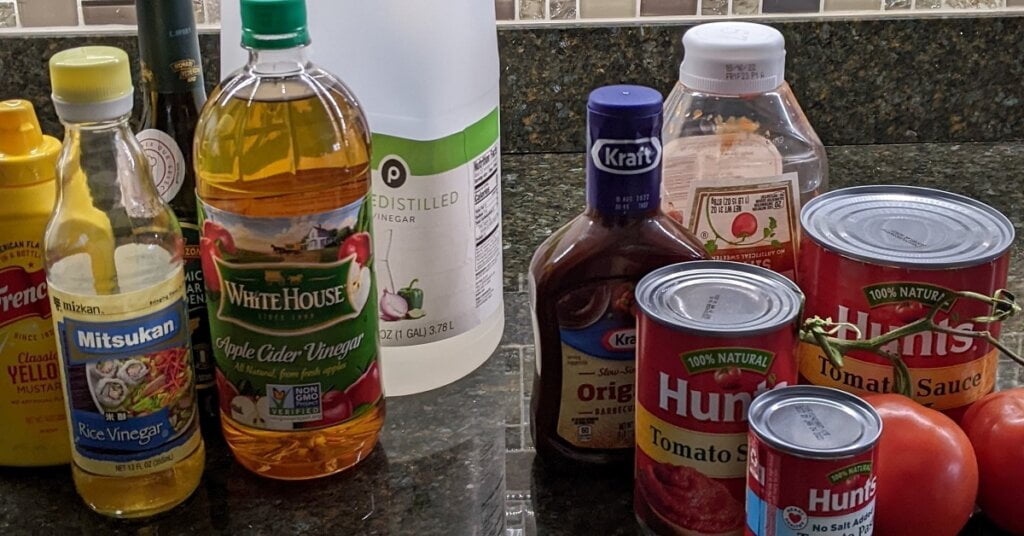
SEO for Recipe and Ingredient Names
By the way, the naming of ingredients and recipes is important for SEO purposes. In other words, your food terminology is not always what other people call things. Here’s an example.
You might have a recipe that uses “grape tomatoes”. You’ve always called them “grape tomatoes”. Even the package you always buy says it’s “grape tomatoes”. And over 10,000 people also call them grape tomatoes. But, guess what, over 40,000 people call them “cherry tomatoes”. However, sometimes it’s better to use the naming of what less people use. Keep reading to see how to decide.
Naming Recipes and Ingredients for Best SEO
So, using the previous example, if over 40,000 people use the term “cherry tomatoes” and over 10,000 call them “grape tomatoes”, don’t assume to use the higher volume term. You will also have to decide the overall key phrase (aka focus key words) you’re going to write about.
As you’re learning more about SEO, you might need to decide if you should call your recipe “cherry tomato salad” or “grape tomato salad”. So, while more people refer to the ingredient naming of “cherry tomatoes”, the SEO Difficulty of “cherry tomato salad” might be much harder to reach people searching. And “grape tomato salad” might have a lower volume of people searching but it’s key phrase SEO Difficulty metric might be rated as easier to achieve. So, these considerations are critical for people who still have a lower domain ranking. You can focus on the harder SEO difficulties down the road when your domain name ranking becomes higher. In the meantime, it’s a good practice to focus on easier SEO difficulty ratings for terms and phrases, despite the lower volumes.
Process Instructions
Here’s where you stand out by providing an impressive set of instructions for your recipe’s process. It’s a good practice sometimes to have it as a summarized step-by-step process. Or, you can just reference only some specific aspects or parts of the recipe creation procedures. So, the idea here is to give a representation of what’s required to make the recipe.
Other Sections
It is here that many recipes posts will differ and can offer other sections to cover. You can always search for what’s trending, but here are some examples.
Storage Related Section
- Storage of Leftovers
- Making the Recipe (or part of it) Ahead of Time
- Can it be frozen and if there are any special packaging requirements like double-bagging, using foil, air tight, etc.
- How long it will last in the fridge, freezer, or room temperature (like breads)
- Storage Duration
- Thawing out methods
- Reheating this Recipe
Nutrition Section
This is popular but be careful how you word it. Always try to reference another external article from a nutrition site or author. You can keep it general, like referencing if it uses no added sugar or is low sodium.
Sides Section
Here you can reference other sides that will go well with this recipe. And, if possible, you can list some links to them. Here are some examples.
- For fried chicken tenders, consider potato salad and coleslaw recipes.
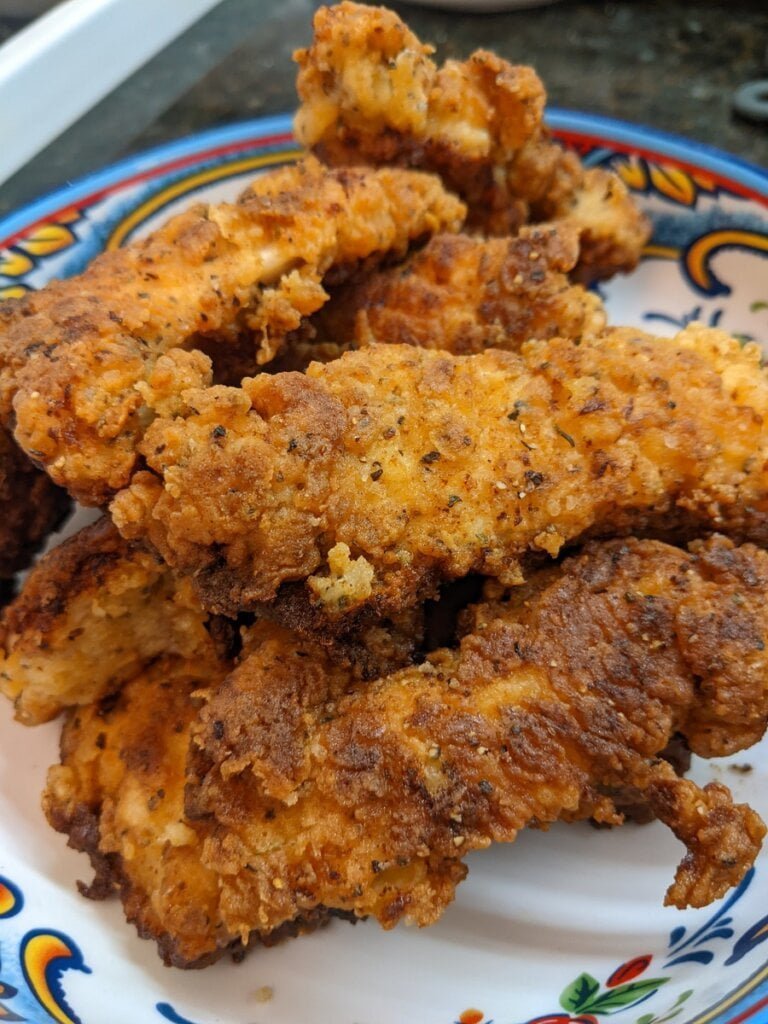
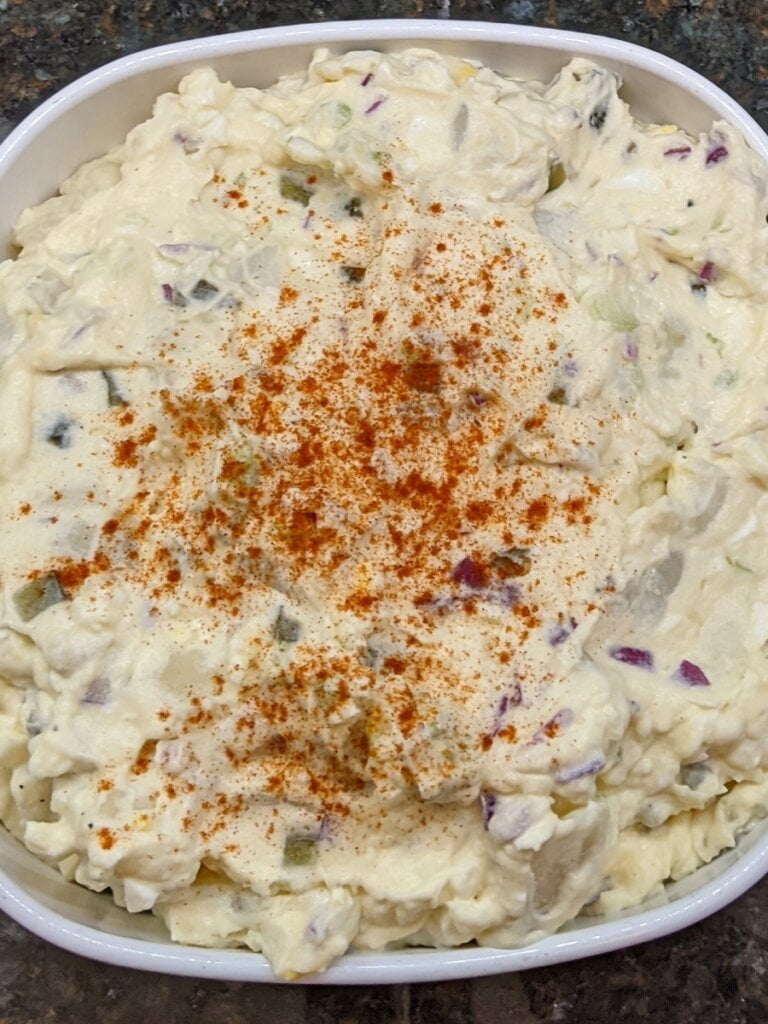
- For a steak recipe, you could show a loaded baked potato recipe and a green salad recipe.
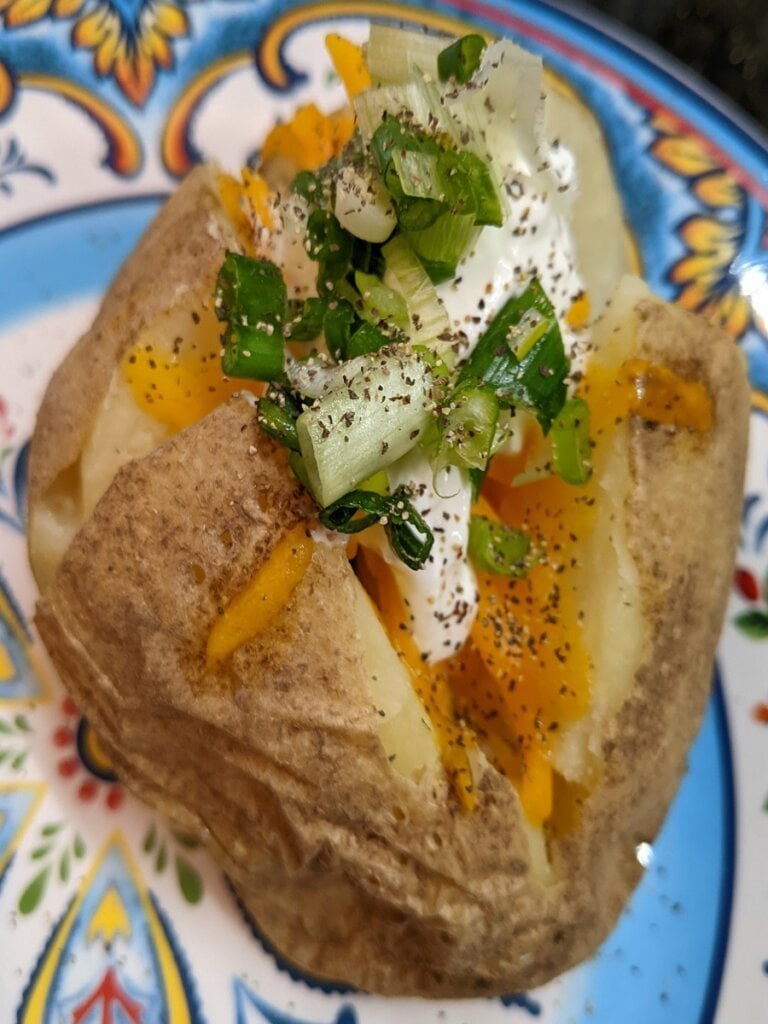
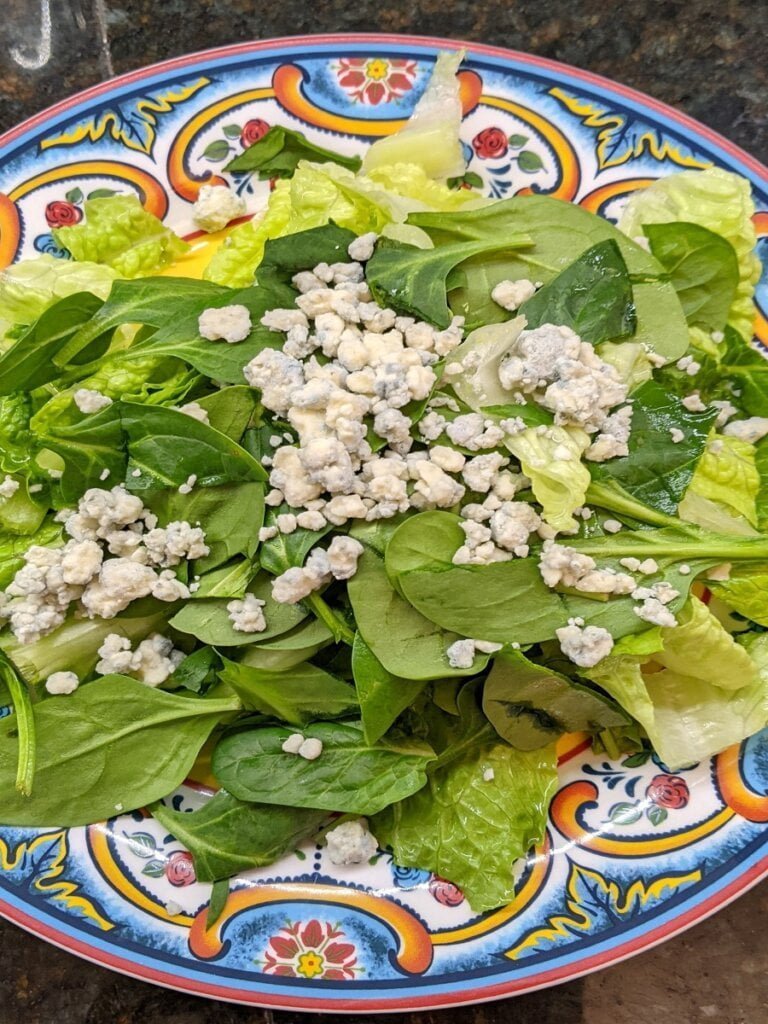
Related Recipes Section
You nearly always want to have a related recipes section. Here are some examples.
- For a fried chicken recipe, you can show a honey mustard dip or a chicken salad recipe (for using the leftovers or as an alternative to frying chicken)
- If you are showing a fruit dip recipe, you can have a link to a post on how to cut cantaloupe or other fruit, or a link to a fruit salad.
- For a post on outdoor grilling of hamburgers, relate it with grilling hot dogs.
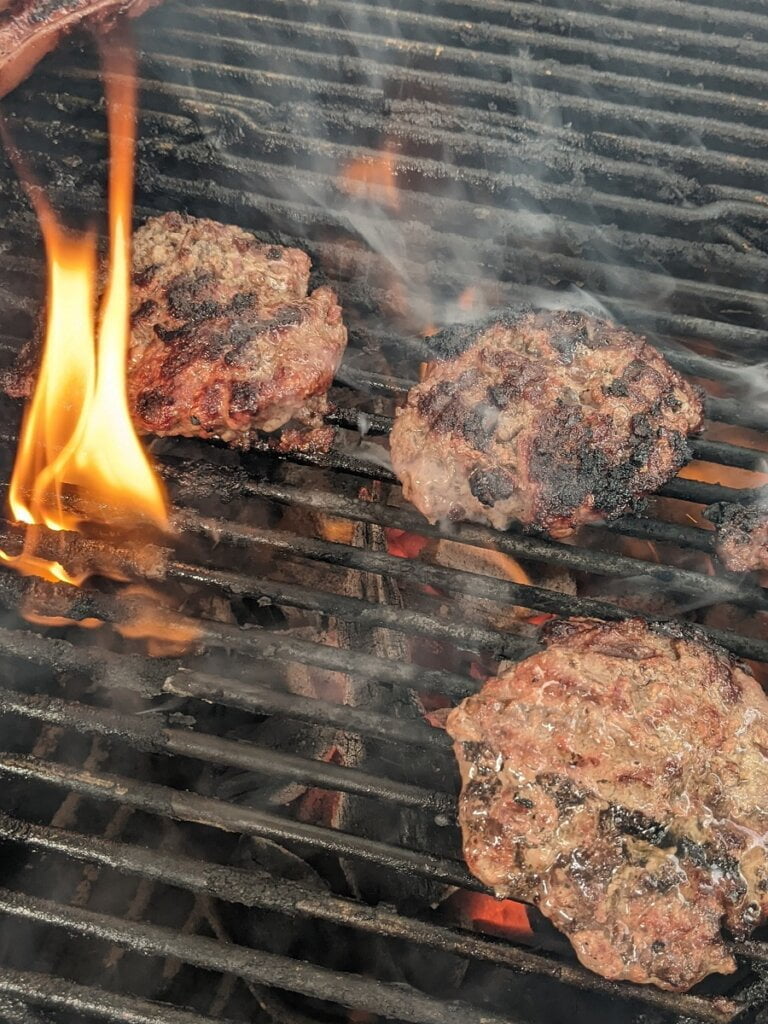

Tips and FAQ Sections
Since you’ve covered the gist of the recipe, it’s now that you can offer any special tips or frequently asked questions. For instance, you can provide tips that will guarantee consistent results every time the recipe is used.
FAQ is good for areas that you know people will wonder about. It’s also the good place for fulfilling search engine ranking for providing answers to “what people often ask”.
There are lots of different visual and organizational ways that people present their Tips and FAQs. It’s up to you on how you want to present them. This area is prime for satisfying some preferred keywords you use.
Conclusion Block
You’re now concluding the post content portion. It’s here that you can offer a successful sign of what the reader would have accomplished by now knowing how to make your recipe.
You can also read our article related to structure planning of posts’ content and topics. Study “Topic Clusters Examples” for affirming the hierarchy of food blog posting.
It’s also the time where a CTA (call-to-action) commonly occurs. It’s when you’re prompting the reader to make the recipe, add the ingredients to their grocery list, or to plan to create it this weekend.
Recipe Block
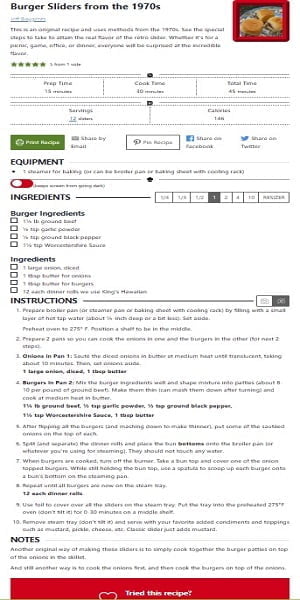
And here is where you can place your actual recipe block. There’s no need for a Heading; just insert the actual recipe.
Conclusion – This is the Real Conclusion
So, save this URL as your simple checklist template to follow when you make your next recipe post. It helps me keep my focus and good structural flow; so, it might help you too. Sometimes, I just copy down the headings and then alter them, of course, for satisfying keywords. Tell me how you structure your recipe posts so we can share it with others in the comments below. We all learn from each other!
And, an expert option is offered from Thyme and Joy, an excellent well-established quality food blog. They offer a specific food blogger writing service.

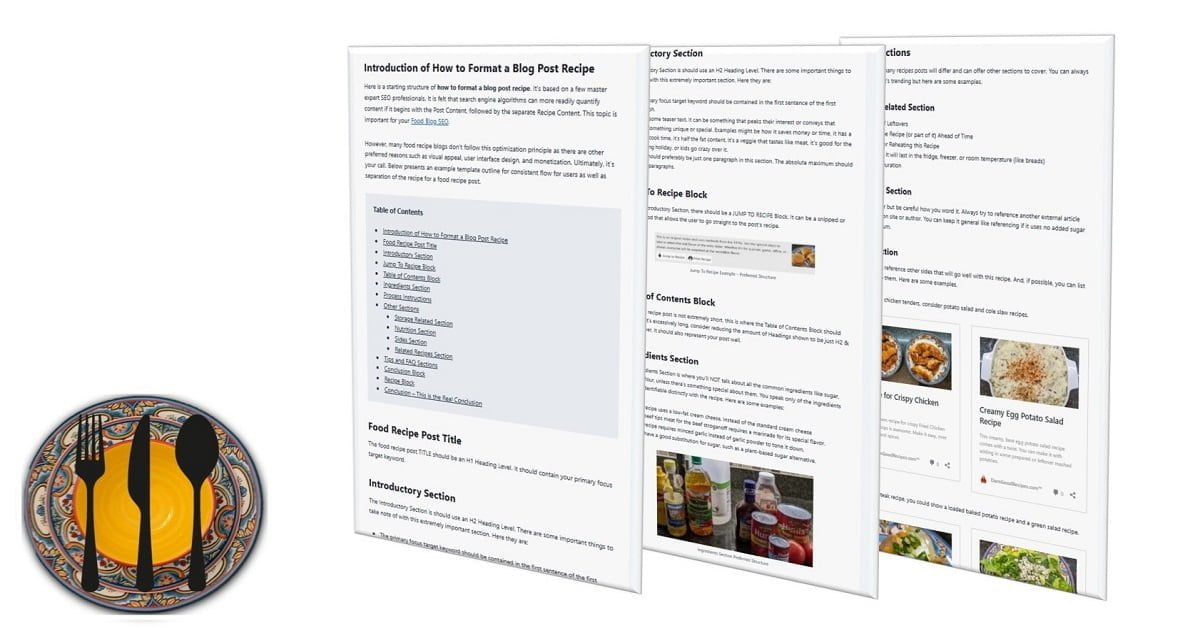
9 comments
Alissa Z.
I love how you incorporate personal stories and experiences into your posts. It makes your content relatable and authentic.
Ethan J.
Love this great content
Devon K.
Love this great content,
John Smith
Your blog post was really enjoyable to read, and I appreciate the effort you put into creating such great content. Keep up the great work!
Nova Willis
The photographs and visuals used in this blog are always stunning They really add a beautiful touch to the posts.